Subscribe to Our Newsletter
Stay updated with the latest tips and strategies. Get additional discounts and alerts on offers.
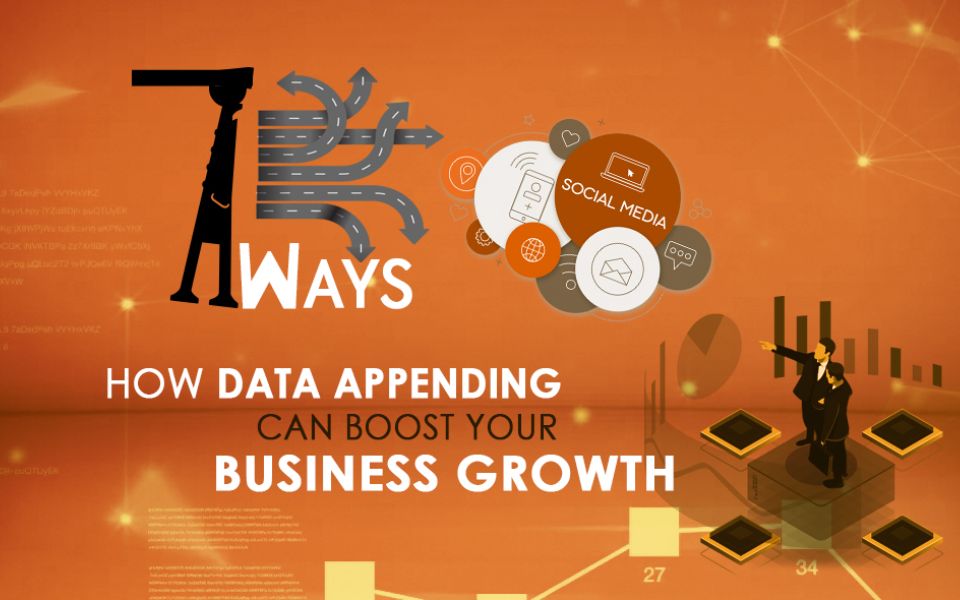
Have you ever asked yourself, how you made a fruit juice? Ok, I know what you are thinking. Hey! What’s there between a juice-making and data appending in b2b business? Of course, there is a striking similarity between the both. When you make a juice, you peel off its skin, take away its seeds, clean those bitter parts, and then mix them with sugar, jaggery, and other taste enhancers. It helps you to drink quality fruit juice. Similarly, a b2b customer data will have errors in it. One needs to clean these errors (eliminating seeds).
Don’t stop here. Not all the customer data is complete. You have to fill those missing data with updated ones (Mixing essential taste enhancers). Then, you can use (consume) the quality data. The process of loading and updating the missing customer information from the real-database is called data appending. The process of cleaning or eliminating incorrect or inaccurate data is called data cleansing. Both data appending and data cleansing can enhance your Marketing ROI. Both of them are the processes involved in data management.
50% of b2b marketers buy or demand b2b data mainly for appending purposes. Data appending is the third largest preference for the b2b marketers to manage b2b data, after identifying contacts and target companies. (Openprise B2B Market Industry Report, 2017)
The question that crops up in your mind is this- How do I use Data Append Service to boost my b2b business growth? The answer is here!
Data appending moves a step beyond data cleansing, where it replaces the incorrect & inaccurate data and replace them with updated and new information. It impacts lead quality on a larger scale. Before we get into appending techniques, challenges, and solutions, we will see different types of data appending services.

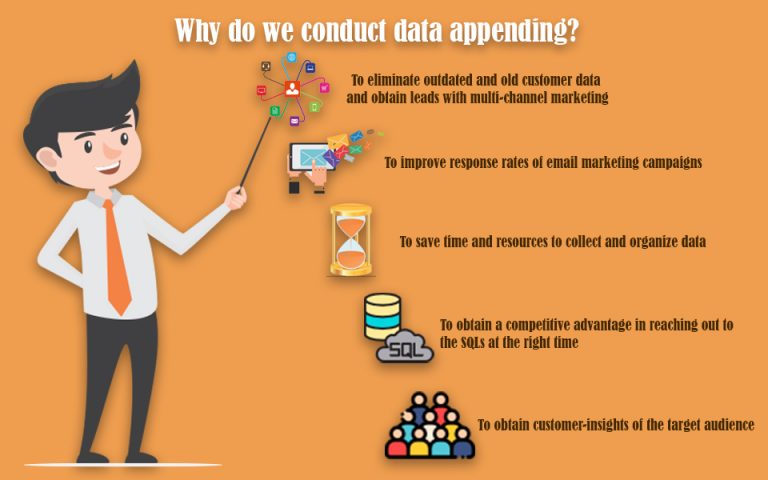

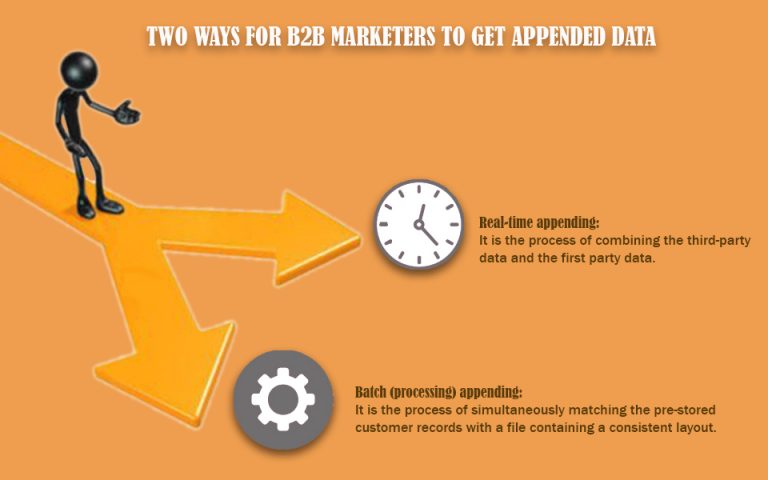
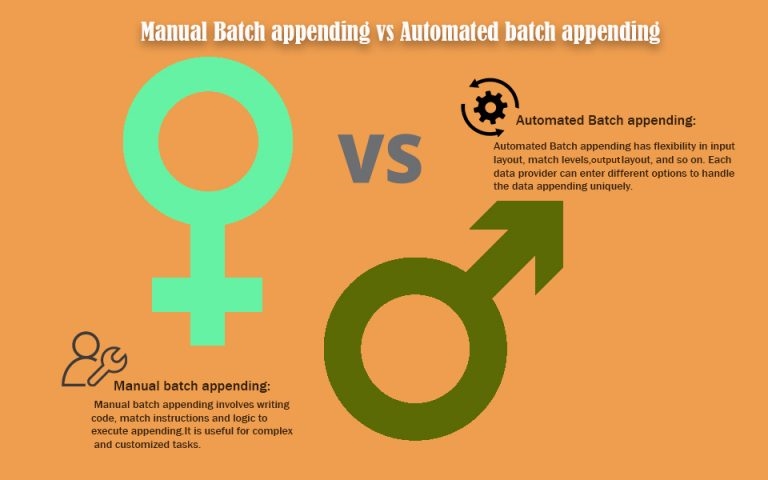
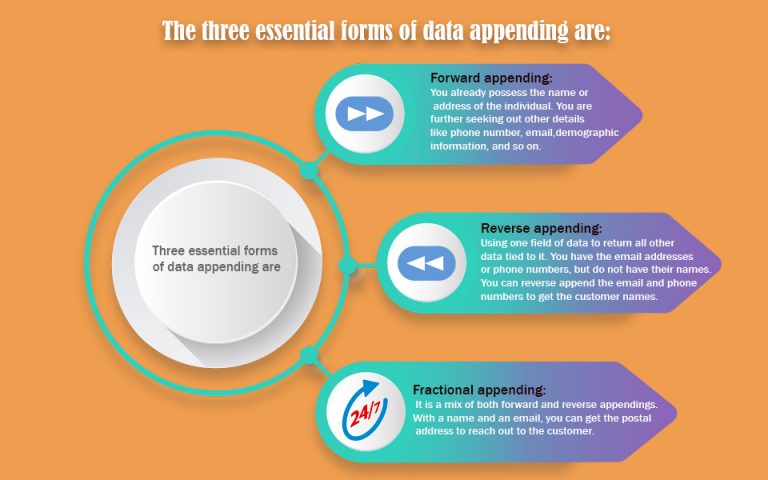
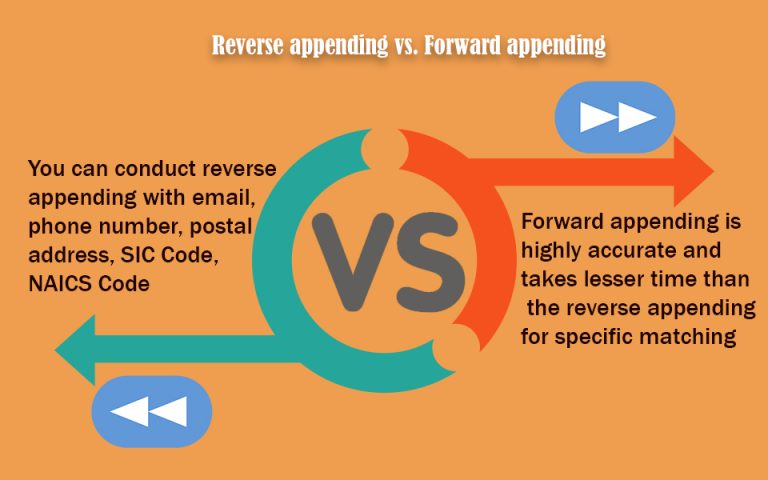
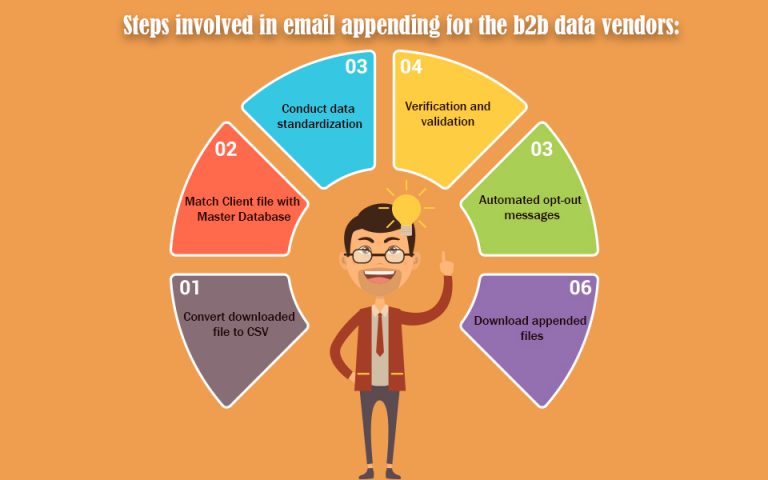
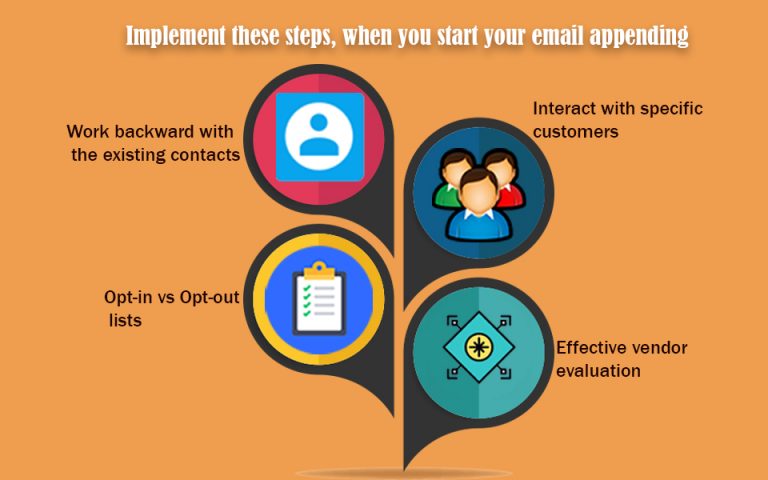
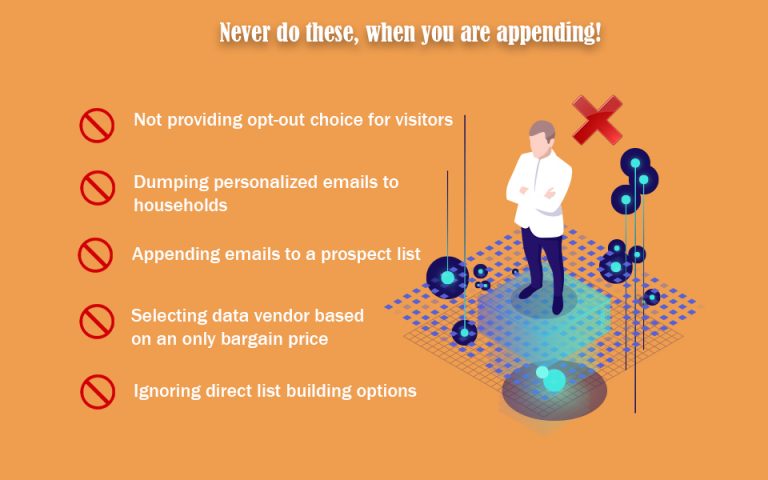

25-33% of email addresses become outdated every year. So it shouldn’t surprise you that list churn depletes about 25-30% of the average email list every year
You dream of getting blockbuster deals! You dream of expanding your sales funnel! The reality is harsh. Your conversion rates remain saturated and falling at times.
What makes this so unique? Conducting an automated data hygiene process is highly essential. Isn’t it?
Without involving data cleansing and maintaining data hygiene, you can never take the next step towards attaining a consistent data quality.
Instead of doing a manual one-time database audit, you can conduct automated data hygiene practice. It would help if you integrated database maintenance and regular data hygiene into day-to-day workflows.
Hence, it would help if you got your b2b data ready for this automated data hygiene process. How do you get it? Here’s the way!
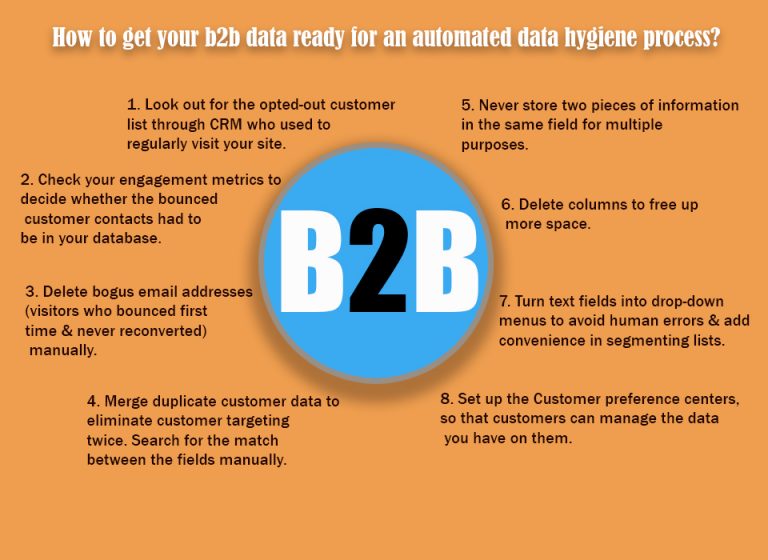
You can store this database audit process for data hygiene in a marketing automation software, and repeat it.
65% of those surveyed attributed an increase in MQLs to improved customer segmentation and profiling practices. (2017, marketing data report)
How many of you have been successful in drawing out a good picture of Ideal Customer Profile? I know it’s the question that concerns all.
In reality, there are three essential things for staying successful in b2b data management. They are profiling, segmenting, and targeting.
If you make the right step towards profiling and segmenting the customers, then targeting is just a mere formality.
There’s nothing to fear. We will look at building a robust Ideal Customer profile and segmenting strategies that work out.
Ideal Customer Profile is the categorical description of the customer who is likely to be benefited by the product or service offerings of the firm.
It is a detailed categorical definition of the sales prospect who fits your end business purpose.
A buyer persona is a half-fictional description of your customer based on market research and real data on existing and potential customers.
Put it this way. Let’s think about creating a robust ideal customer profile at the wink of an eye.
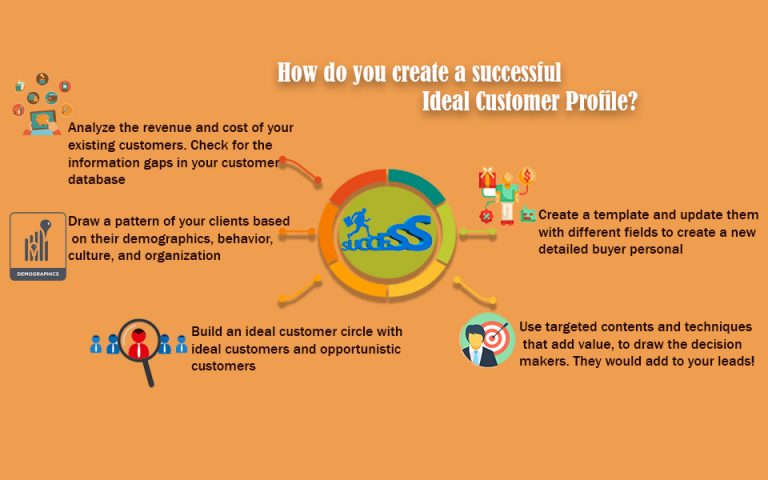
Customer segmentation is the practice of classifying customers based on different attributes like industry, company, country, occupation and so on. It mainly focuses to personalize your campaign and customize them for customers based on their segment.
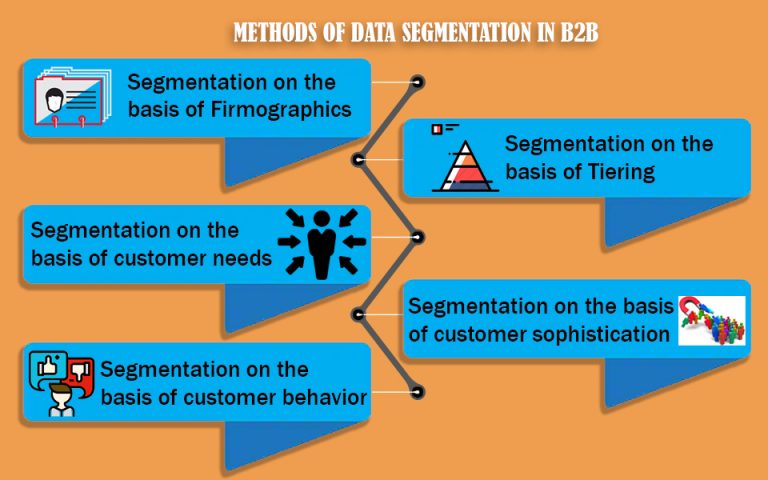
Methods of Data Segmentation: Criteria
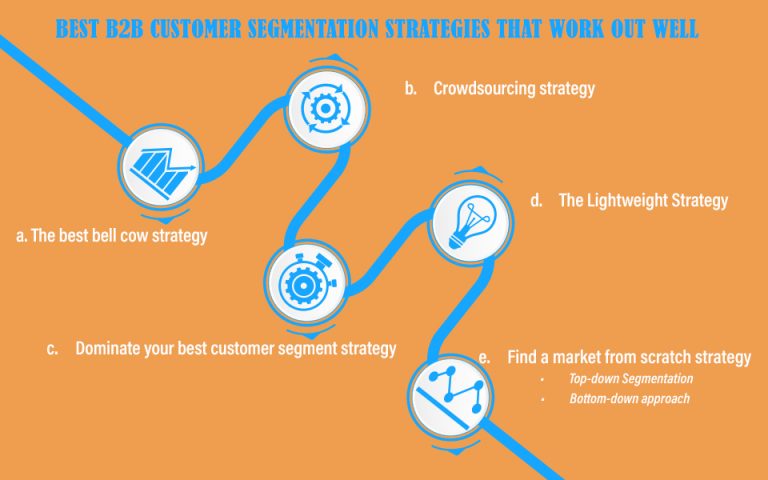
The Best bell cow strategy: Herd of cows tends to follow a bell cow. Similarly, many of your prospects become customers as your bell cow customers lead the way. These customers are most sought out technology leaders or influential customers with more valuable references. It has lower customer acquisition costs. It also incurs more capital.
Crowdsourcing strategy: You get in front of the customers to find out the customer segments that best suits you using information like gross margins over time, attrition rates, revenue and cost of acquisition. You find out which customer segment suits your business.
Dominate your best customer segment strategy: You analyze your customer base to determine which customer at best fits your campaign. Contribute your best and target similar customers. You can work this strategy during the expansionary phase of your business.
The Lightweight Strategy: Smaller and emerging businesses focus on offering the value of their product to the users, immediately. They initially fuel growth through advertising-based and low Average Sales Price (ASP) models. Once you obtain a solid customer base, you can enhance your revenues by targeting more strong sales prospects and fixing a higher price.
Find a market from scratch strategy: Startups must work towards following a comprehensive research approach in market segmentation. After identifying and grouping customers, you have to work on with Top-down segmentation or a Bottom-up Segmentation.
Stats on suppression lists:
Suppressing anyone in your list who hasn’t engaged with your emails in over a year increases your deliverability rate by 3-5% immediately (HubSpot)
You’ve tried everything to expand your sales funnel with enhanced data appending. Your business moves like a snail. It frustrates you. Never worry. It’s all till you read this infographic.
Suppression lists are a particular type of subscriber list to whom you don’t send any business email. You rather avoid sending them the email. You follow CAN-SPAM regulations to filter out these out of box leads that never respond.
It helps to find the best audience for your email and prepare smart content for it.
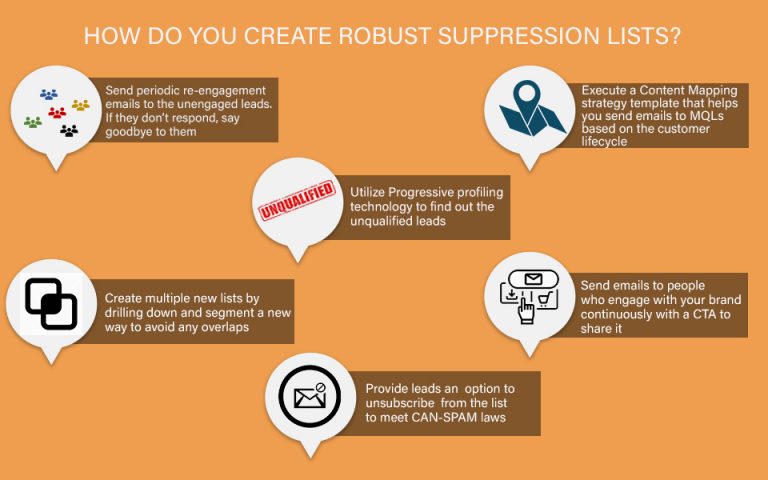
We have all dread this problem from inaccurate and inauthentic data. Don’t you think that data has to be updated? Data decay rates has been rising enormously.
Data matching is a marketing process where you examine and update the existing customer mailing list with fresh information.
Before getting into Data matching, one needs to know that there are some steps for data matching.
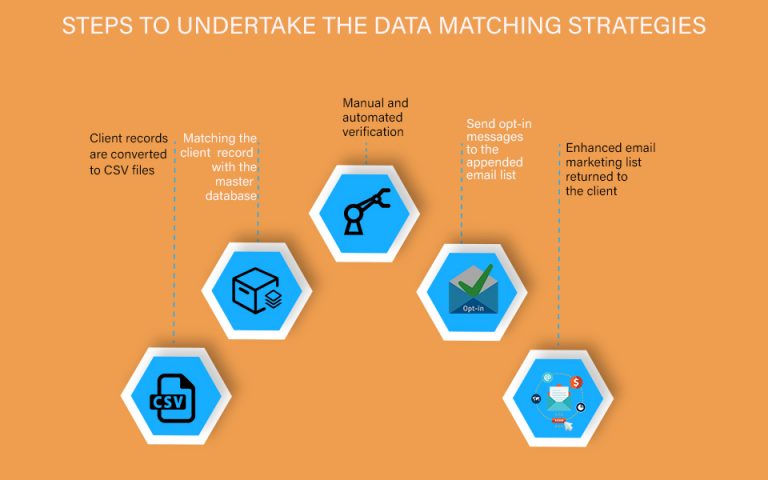
Data matching is the core step to make your appending method highly effective. There are some more processes before matching.
Before collecting client records, one needs to perform other steps to make data matching successful.
B2B market research determines the matching strategies you must rely on. The market research assessment must answer all critical questions relating to customers, competition, and market.
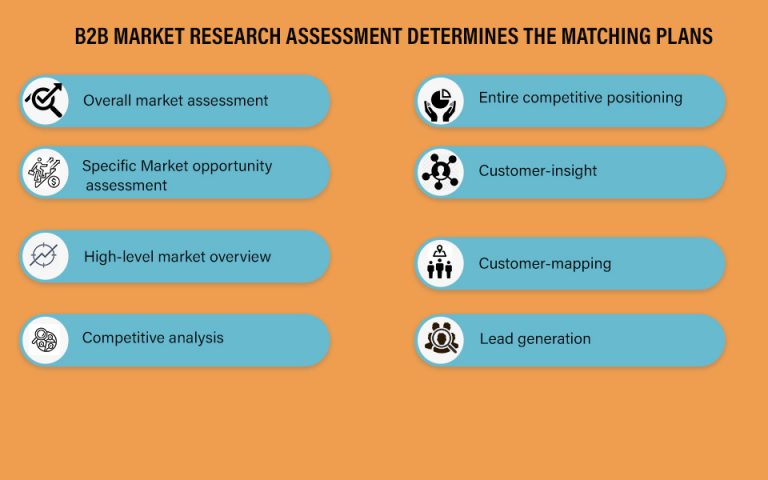
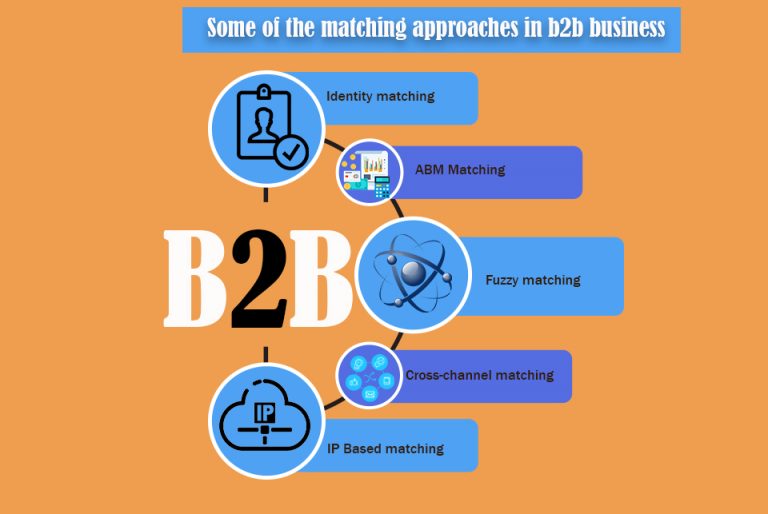
Mostly cross-channel and ABM matching are highly preferred by b2b marketers. They depend upon the cookies information. Cookies are text files stored in web browser directory.
Cookies show the visitors preferences and choices while they browse through your website.
Statistics on data decay:
62% of organizations rely on marketing and prospect data, that’s up to 40% inaccurate
True match rates: It tells you the total number of people you have targeted based on the emails you have entered
Total match rates: The total number of devices (cookies) that have corresponded to your uploaded emails. Combining true and total match rates can help you score high in match rates
Account match rates: It tells how many accounts from the target account list had been matched to at least one contact. It will turn the most misleading metric if you’re targeting and matching based on IP address
Account coverage: It tells the penetration you have given into each account. Account coverage is essential to be dealt with if the size of your deal is larger. A right ABM provider will have a strong AI and perfect-fitting accounts
For consultation and services related to data matching and appending services, contact us on www.datacaptive.com.
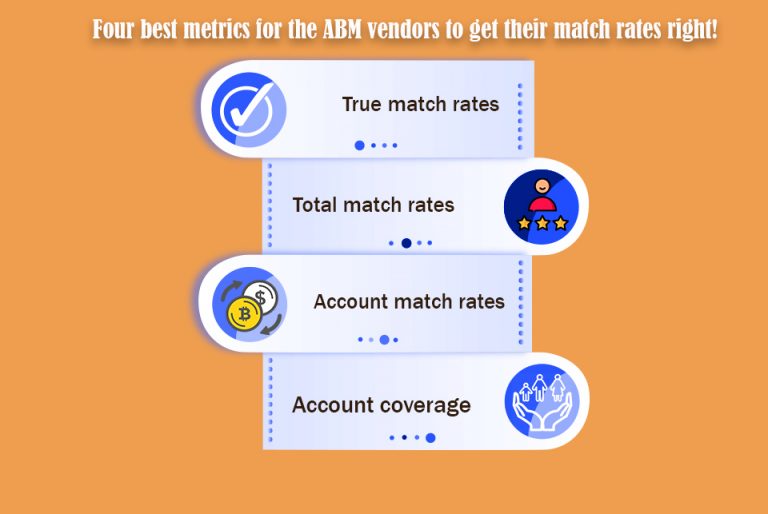
Please don’t even try to deny it. It is true. Analytics can get your campaigns an added flavor and clarity for personalization. Personalization is the reason behind the success of the highly-reputed b2b businesses.
Email personalization is the core of email marketing. It determines the success and response rate of your email marketing campaigns.
Predictive analytics has turned out to be the area in b2b marketing with least utilized potential. Many b2b companies merge their automation, personalization and predictive analytics for a better result.
The mentioned analytics targets customers based on their characteristics and preferences of customers and segments them.

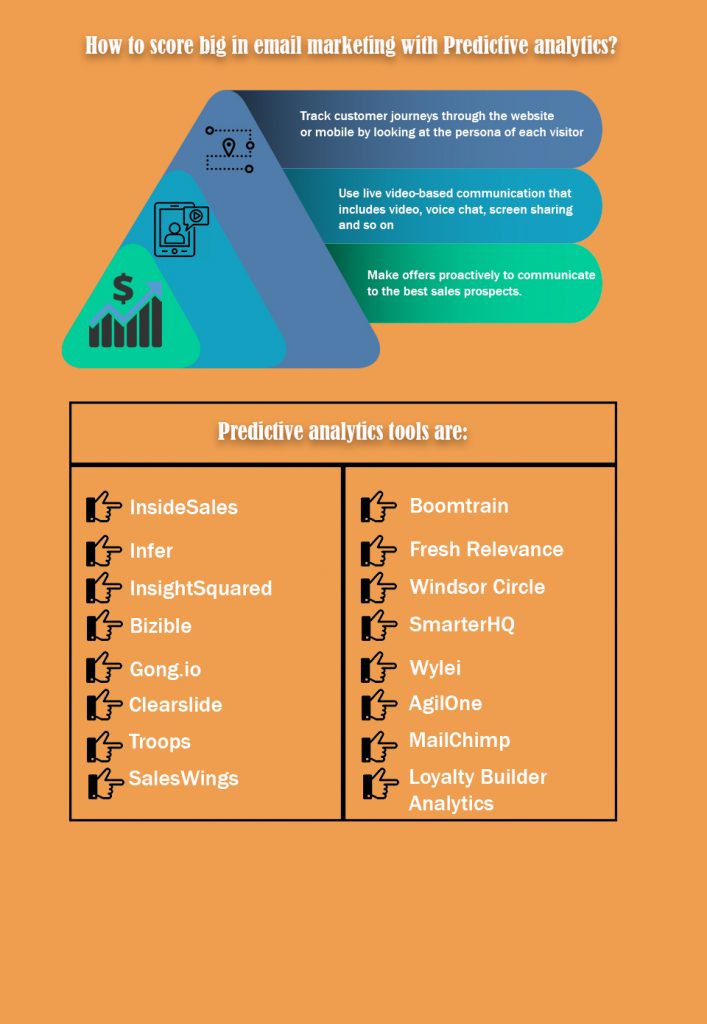
Micro-targeting through geolocation is the most effective strategy that is under implementation. It means understanding your product better or getting to know your audience.
Geo-location is the factor that businesses use to connect people in a particular area through GPS (Global Positioning System).
Micro-targeting and Geo-location are two different terms. They are to be performed in tandem. It is nothing but knowing your audience, serve them well and reap the benefits.
But, the question is; how to reach your target audience with Geo-Location? And How to succeed in b2b marketing with micro-targeting?
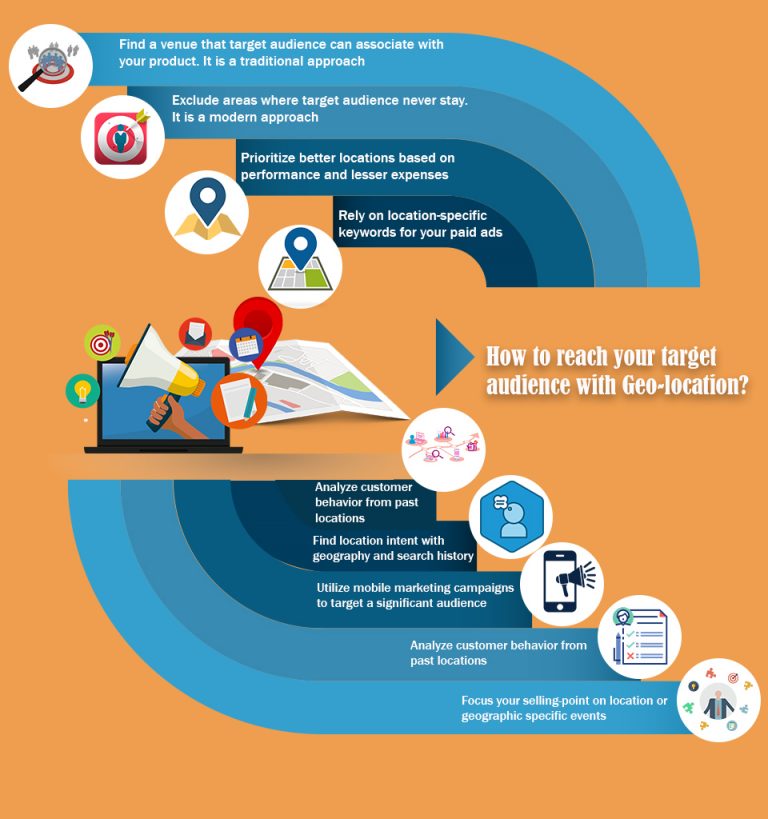
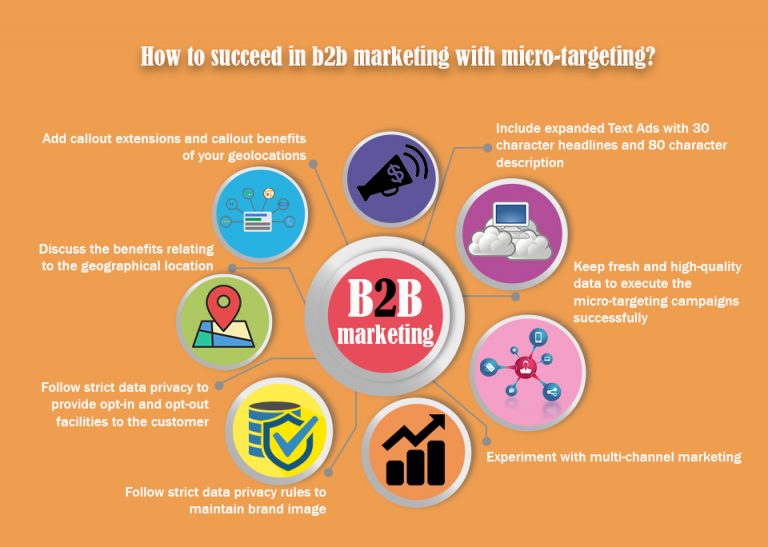
Ok, we have all done it. It’s time to wind up. The final and essential step is to find new email addresses and integrate them with the existing customer email list.
It has to be carried out in a phased approach. You can’t suddenly collect the email address just like that. It involves some simple necessary steps to receive newly acquired email list and integrate it.
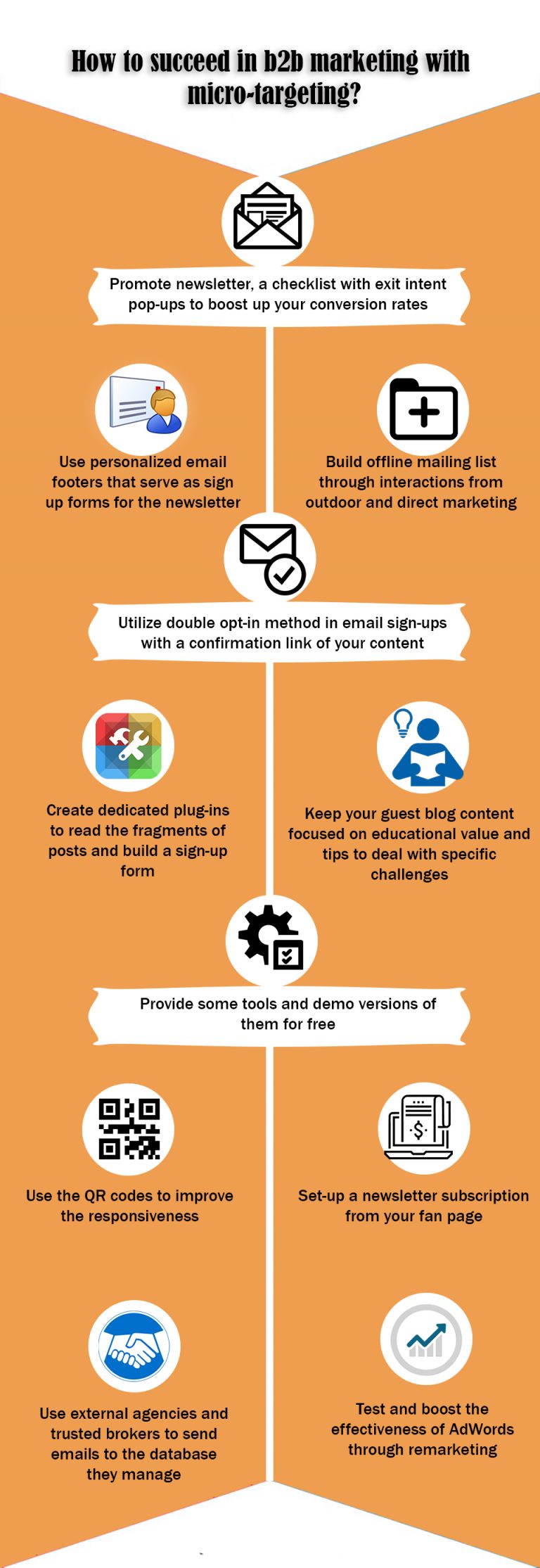
In a nutshell, you must focus adequately on the above specified seven ways to boost your business growth through data appending.
Data appending is not just about cleaning data and updating it. It involves various other strategies to implement.
It is more critical for you to succeed in the aspect of b2b marketing where others fail.
To stay high in b2b marketing and keep growing stronger on every new update, you must turn strong in data appending.
To make your epicenter of success in b2b campaigns, get more valuable suggestions and sales prospects from DataCaptive.com.
Share this infographic post, if you like it. For better data appending services and other b2b marketing assistance contact us at [email protected]
Show Some Love!

Subscribe to Our Newsletter
Stay updated with the latest tips and strategies. Get additional discounts and alerts on offers.
Related Articles
Subscribe to Newsletter
Stay up to date with the latest marketing, sales, and service tips and news.
